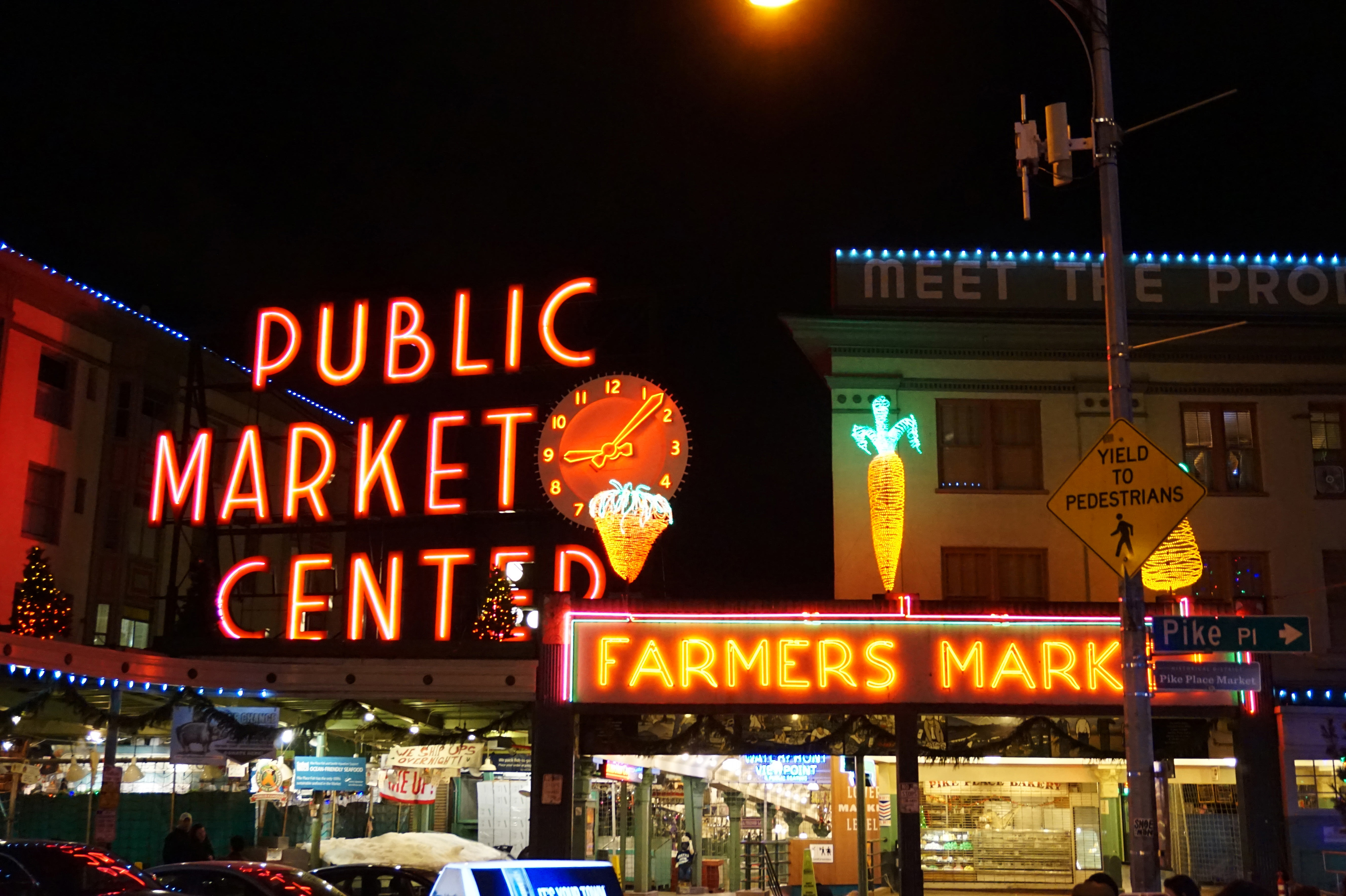
In operation since 1907, Pike Place is popularly considered to be the soul of Seattle, and its gastronomic bonanza of cheap, sustainable, locally produced food finds its way onto the tables of every restaurant in town that matters. It’s also the starting point for anyone with even a passing interest in Seattle’s food culture. All of the ingredients of so-called ‘Northwest cuisine’ are amassed here: Washington State wine, Penn Cove oysters, Yakima Valley cherries, Wenatchee apples and locally foraged mushrooms. The binding thread? It’s all fresh, sustainable and sold, more often than not, by the same person who sowed, nurtured and harvested it. For ultimate transparency examine the masters at work in places like Beecher’s Handmade Cheese (where curds are stirred industriously in the window) or the always crowded Crumpet Shop, or take a market food tour with Seattle Bites.
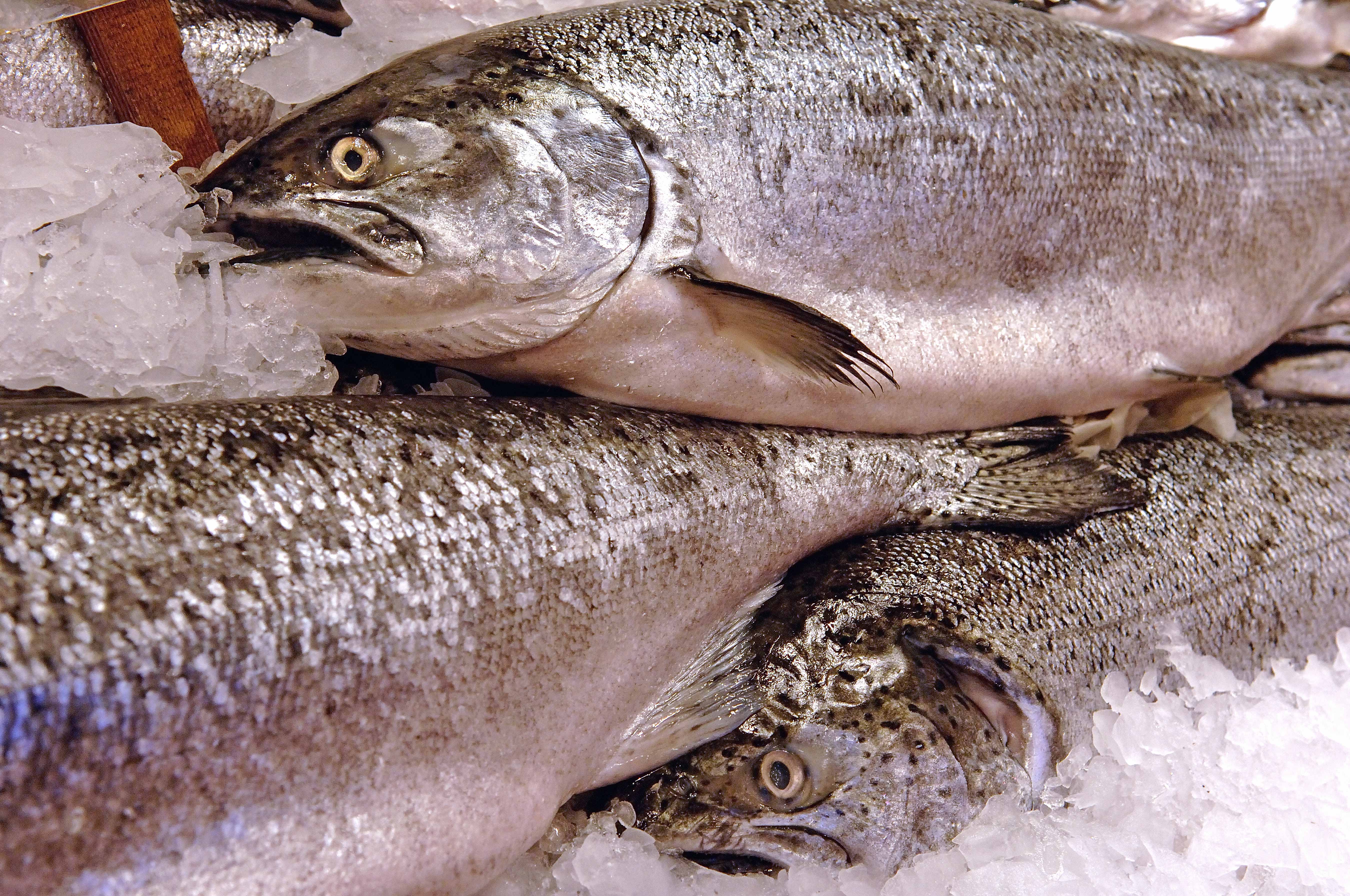
If there’s an underlying philosophy to Seattle’s food culture, it’s ‘keep it simple’. Rather like Italian food, Northwest cuisine is refreshingly earthy, relying on high-quality raw ingredients rather than fancy embellishments or rich sauces. Fish is a mainstay. Oysters, clams, crab and spot prawns are all abundant in Puget Sound waters, and specialist fish restaurants abound in Seattle’s eclectic neighborhoods. The Walrus and the Carpenter in Ballard reflects a growing trend in the city for clean-lined, Euro-chic oyster bars. Copious varieties of the gnarly shellfish are served raw with lemon, rustic bread and crisp white wine from a bar adorned with wire oyster baskets. Food geeks can even order according to the local cove or inlet where the oysters originated.
Pacific Northwest crab cakes are spectacular – ask anyone who’s dined at Etta’s located right next to Pike Place where they come accompanied with a wonderful Gallic remoulade. For the best clams, proceed to another Pike Place legend, the Pink Door, an eccentric Italian restaurant where the linguine alla vongole (pasta with clams and pancetta) tastes like it was made by someone’s Sicilian grandma. Bonus: you can watch trapeze artists go swinging over your head as you scoop clams out of shells, courtesy of the restaurant’s weekly burlesque shows.
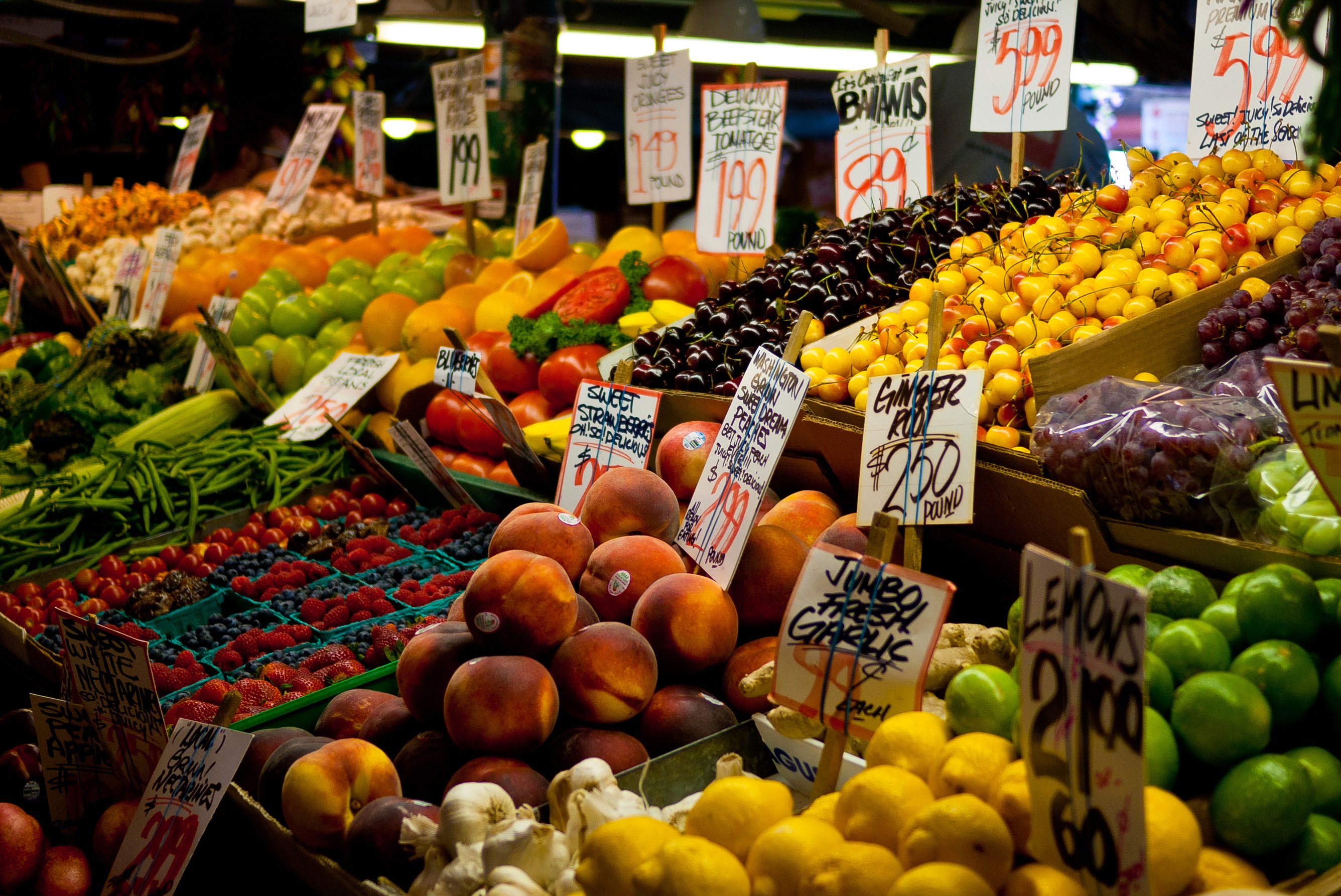
Foraging was popular in the Pacific Northwest long before it became trendy elsewhere. The idea of going out into the countryside to collect mushrooms, nettles and other wild edibles is practiced by some of Seattle’s top chefs including Matt Dillon whose Capitol Hill restaurant Sitka & Spruce builds its menu around vegetables and greens rather than meat and fish. Fruit and vegetables grow profusely in Washington State which produces over 50% of the US’s apples, raspberries and Brussel sprouts. Dillon, who procures most of his produce from his own local Vashon Island farm, has recently expanded his empire opening two new places in Pioneer Square. Bar Sajor is a casual restaurant with a French country kitchen feel. The London Plane is a veritable food emporium with an onsite flower shop and deli where the light woody décor feels more like Paris than London.
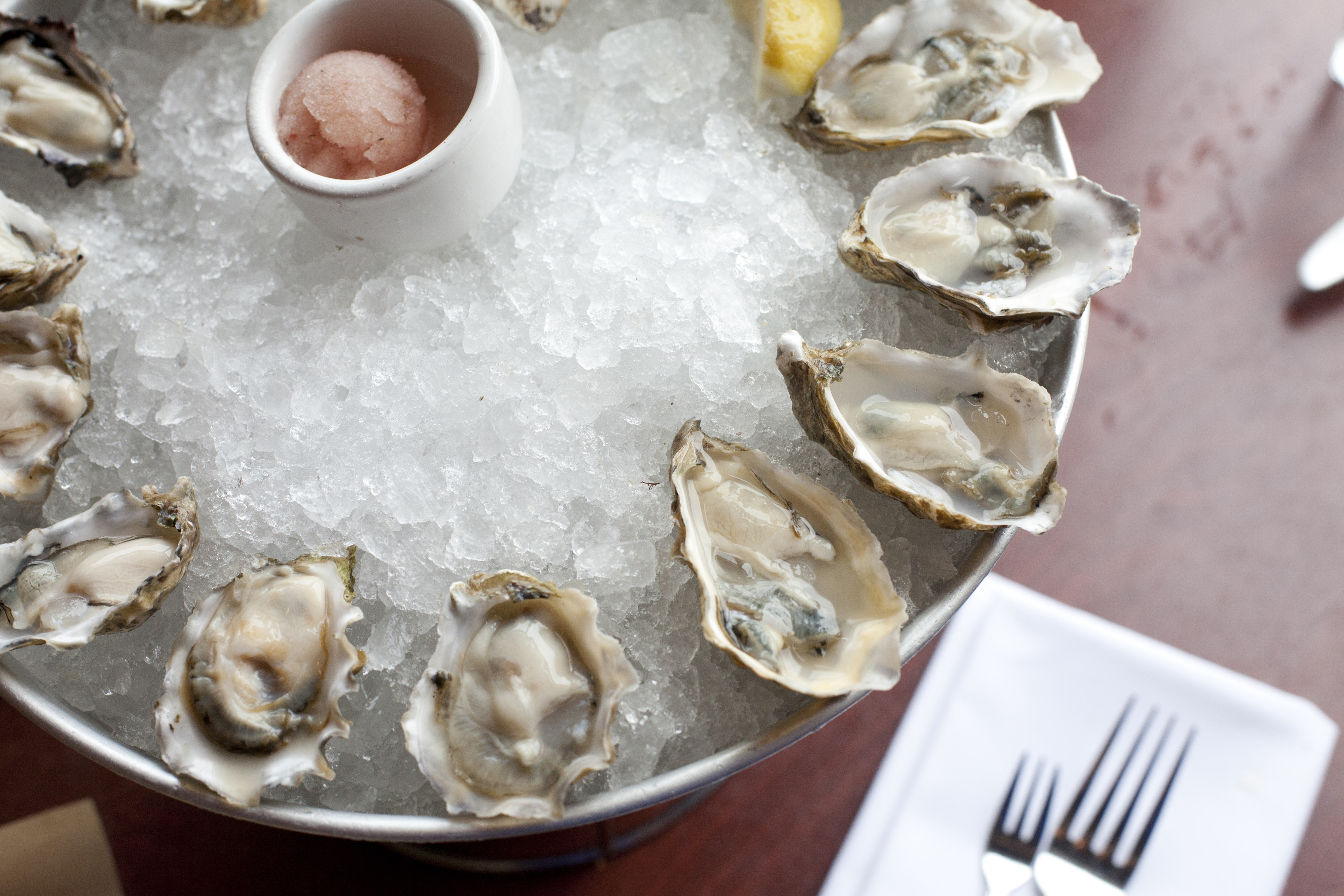
A hi-tech, Pacific Rim city with strong Asian affiliations, Seattle supports significant Vietnamese, Chinese and Japanese communities, which means you’ll never struggle to find good dim sum, pho (Vietnamese soup) or sushi. For the best dim sum head to the slightly down-at-heel International District (ID) where Jade Garden stands a good few inches above some stiff competition. Further east, but still in the ID, lies the sub-neighborhood of ‘Little Saigon’ with more pho restaurants you can poke a chopstick at. Sleeker than most, but by no means posh, is Green Leaf where regulars pile in for the pungent noodle-filled soups. Seattle’s sushi restaurants utilize high quality Puget Sound fish as well as imports from Japan. Pricey, but with over 20 years of glowing testimonies about its black cod and deep-fried prawn-heads is Shiro’s in Belltown. Although founder Shiro Kashiba no longer runs the restaurant, it has kept its name and reputation for cool sophisticated food and service.
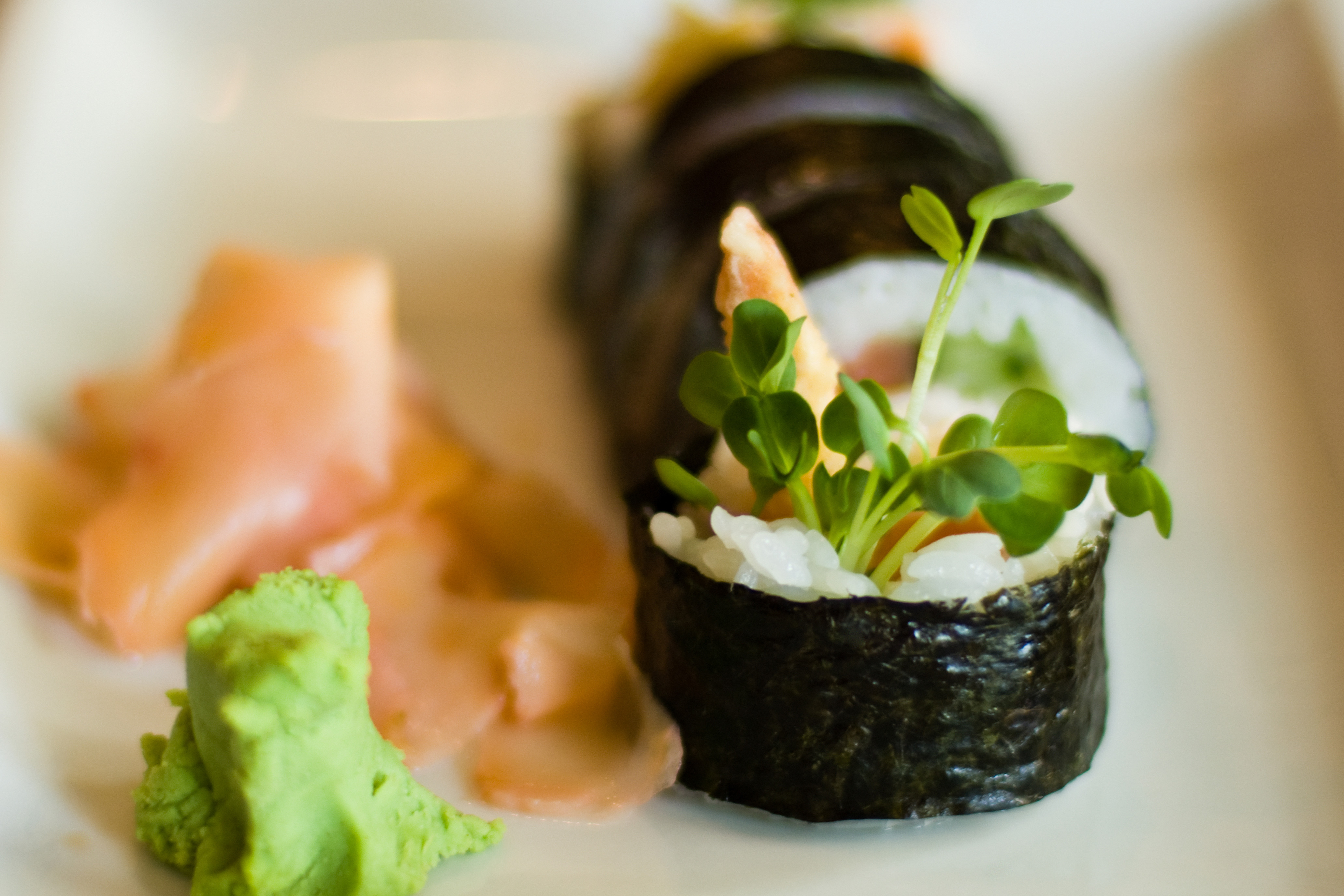
Once a rambunctious pulpit for grunge music, Belltown is better known these days for its ‘united nations’ of restaurants. There were over 90 of them at last count covering every genre from table-sharing Italian to sitting-on-the-floor Moroccan. If one chef defines Belltown (and indeed Seattle) it is former ‘Iron Chef’ winner, Tom Douglas whose brand new Assembly Hall is another classy food emporium with take-out stalls, a deli and an Asian-American restaurant that does interesting fusion brunches. Douglas’ other restaurants, now numbering over a dozen, cover multiple genres. You can go Greek(ish) at Lola with lamb kebabs and small meze plates, or vaguely Italian at Serious Pie, home of Seattle’s most unorthodox pizza (toppings include clams and potatoes). In common with all good Seattle chefs, Douglas is a strong proponent of Seattle’s farm-to-table food ethos and plunders his own private farm in the Yakima Valley for the freshest ingredients.
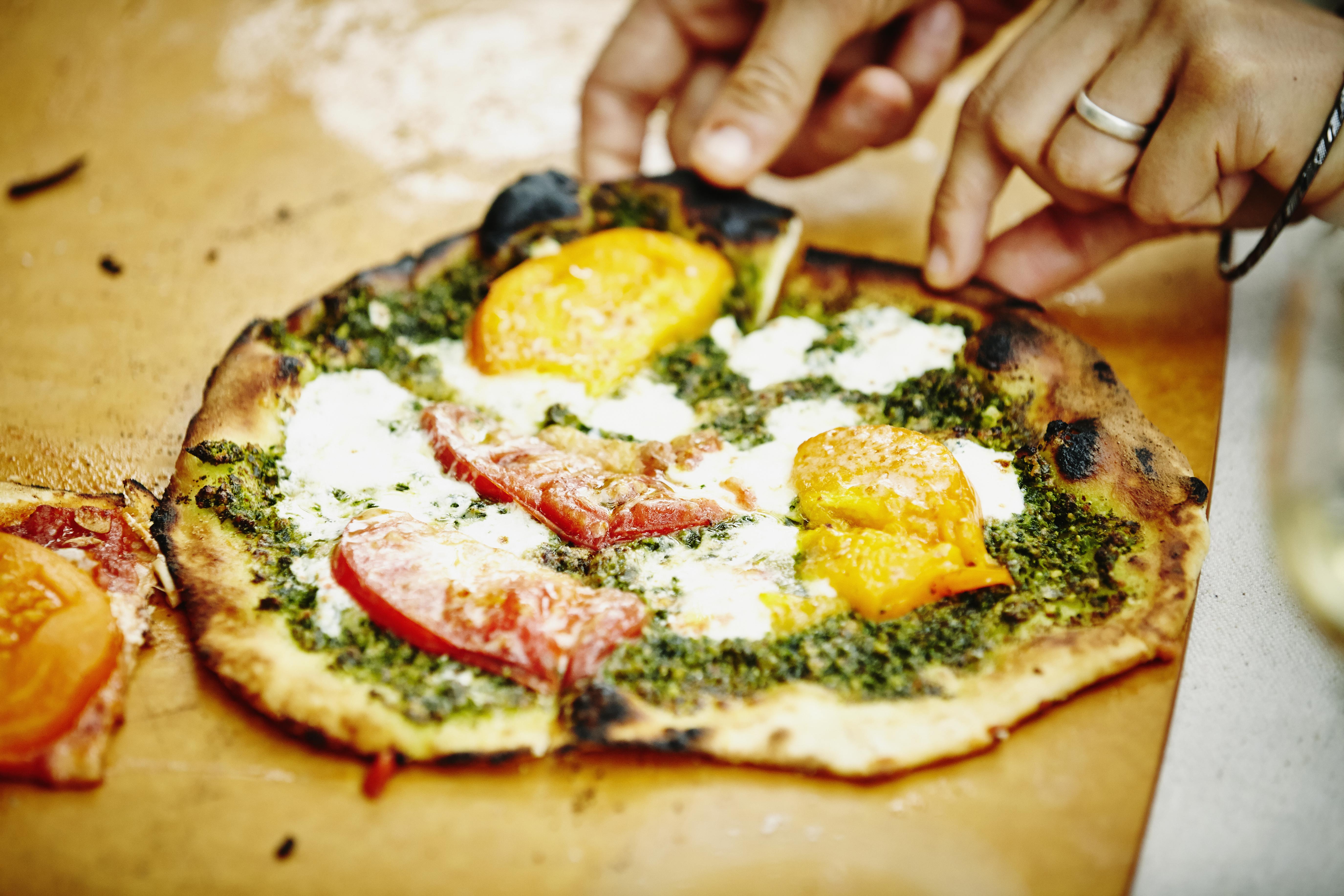
Certain foreign food restaurants (most notably Mexican and Indian) are scant in Seattle, but the city has no qualms when it comes to Italian cucina, primarily because it shares so many similarities with Northwest cuisine. Regional Italian food is the latest craze, especially in the trend-setting Capitol Hill neighborhood. Rione XIII is a wonderfully authentic Roman restaurant masterfully run by non-Italian Ethan Stowell who offers simple dishes like cacio e pepe (pasta with pepper and cheese) and thin-crust rectangular-cut Roman street pizza. Osteria La Spiga specializes in Emilia-Romagna food – try the tagliatelle al ragu with a sparkling red Lambrusco wine. Cascina Spinasse is an upscale Piedmontese specialist where the pasta is rolled out and cut before your eyes before being dressed up with butter and sage. Appropriately, all three places are microcosms of Seattle’s food scene, taking well-tried cooking techniques and rustic preparation methods and using them to get the best out of the local food supply.